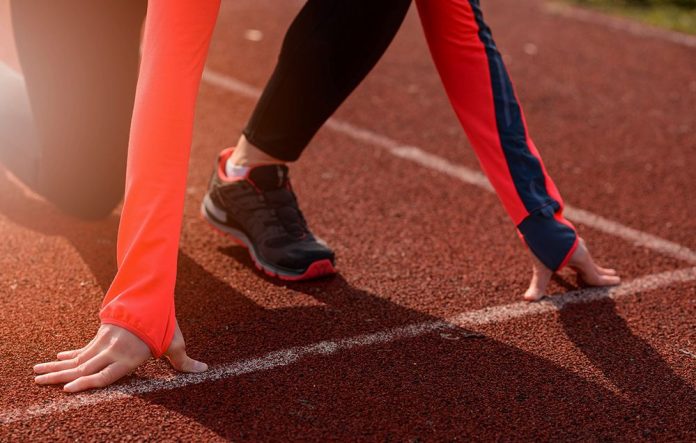Winter is here, that means its time to kick it up a notch and push forward with your weight loss and management efforts. Tracking your results is incredibly important to weight loss success as knowing what your body responds to in terms of diet and exercise will help you find what works for you. However, if your only measure of success is the number on the scale you’re only seeing part of your true weight loss results.
The truth is, scales are often inaccurate as they don’t differentiate between what is muscle, what is fat, what is water or anything else. These differentiations are important, especially since muscle weighs more than fat and one kilo of fat is roughly four times larger than muscle. To achieve the most well-rounded view of changes in your body we recommend tracking using three simple methods: body weight, body measurements, and progress photos.
BODY WEIGHT
Whilst tracking total body weight shouldn’t be the sole way you measure your weight loss results, it’s still a helpful figure to keep track of when losing weight. Body weight combined with other body measurements paints a more well rounded view of your weight loss progress.
To track your body weight, make sure your scales are accurate and set yourself one day a week to record your weight. Try to weigh yourself at the same time of the day every week as your weight can fluctuate throughout the day. Because of body weight fluctuations, some people find first thing in the morning to be the best time to take this measurement. By keeping your weigh-in to one day a week at the same time of day you’ll be able to track changes in your body weight more accurately.
BODY MEASUREMENTS
Sometimes body composition can change without much difference on the scale, for example, someone who starts gaining additional muscle, loses some body fat could see very minimal change in their body weight.
For this reason, one of the best ways to record your body changes and your size difference is through taking your body measurements. It’s simple to do and all you need is a measuring tape and a place to record your results.
Just as with tracking body weight to get the most accurate results make sure you set up a schedule for when you record your measurements. For ease of progress tracking, record your measurements at the same time as your body weight.
The measurements you should be taking are as follows:
Upper arm: Measure above your elbows around fullest part of your upper arm.
Forearms: Measure below your elbows around fullest part of your forearm.
Chest: Measure around the widest part of your chest.
Waist: Measure at its narrowest point of your torso.
Midway: Measure midway between the widest part of your hips and your waist.
Hips: Measure around the widest part of your hipbones.
Thighs: Measure around fullest part of upper leg while standing
Knees: Measure immediately above the knee.
Calves: Measure around fullest part.
We see our bodies in the mirror everyday so body changes that happen over time don’t seem as visible to us. That’s why keeping track of what your body looks like with progress photos can be a great way to see what is and isn’t working and track your weight loss results. Although it may seem simple there is a subtle science to how to take the best progress photos for the most accurate comparisons.
For the best results try and take the photo at the same time and day wearing the same or similar clothes. Either take a photo in a full-length mirror or ask someone to take a photo for you and avoid posing or tensing your body so you get the most accurate representation of the way your body looks.
Progress photos are not only a fantastic motivational tool for you, but they can also be a great way to motivate others. That’s why at Rapid Loss we encourage you to share your results on social media with the hashtag #rapidloss.





























